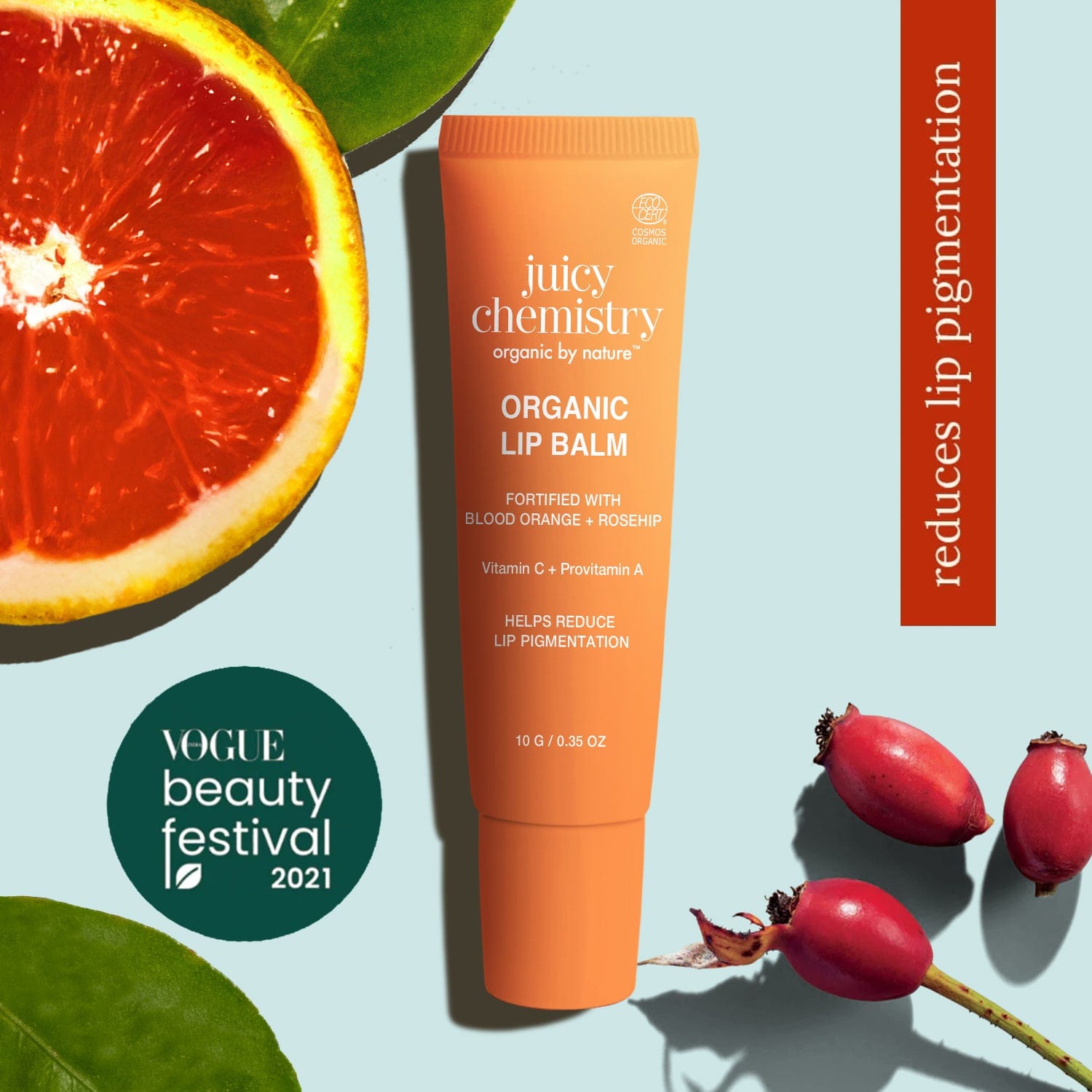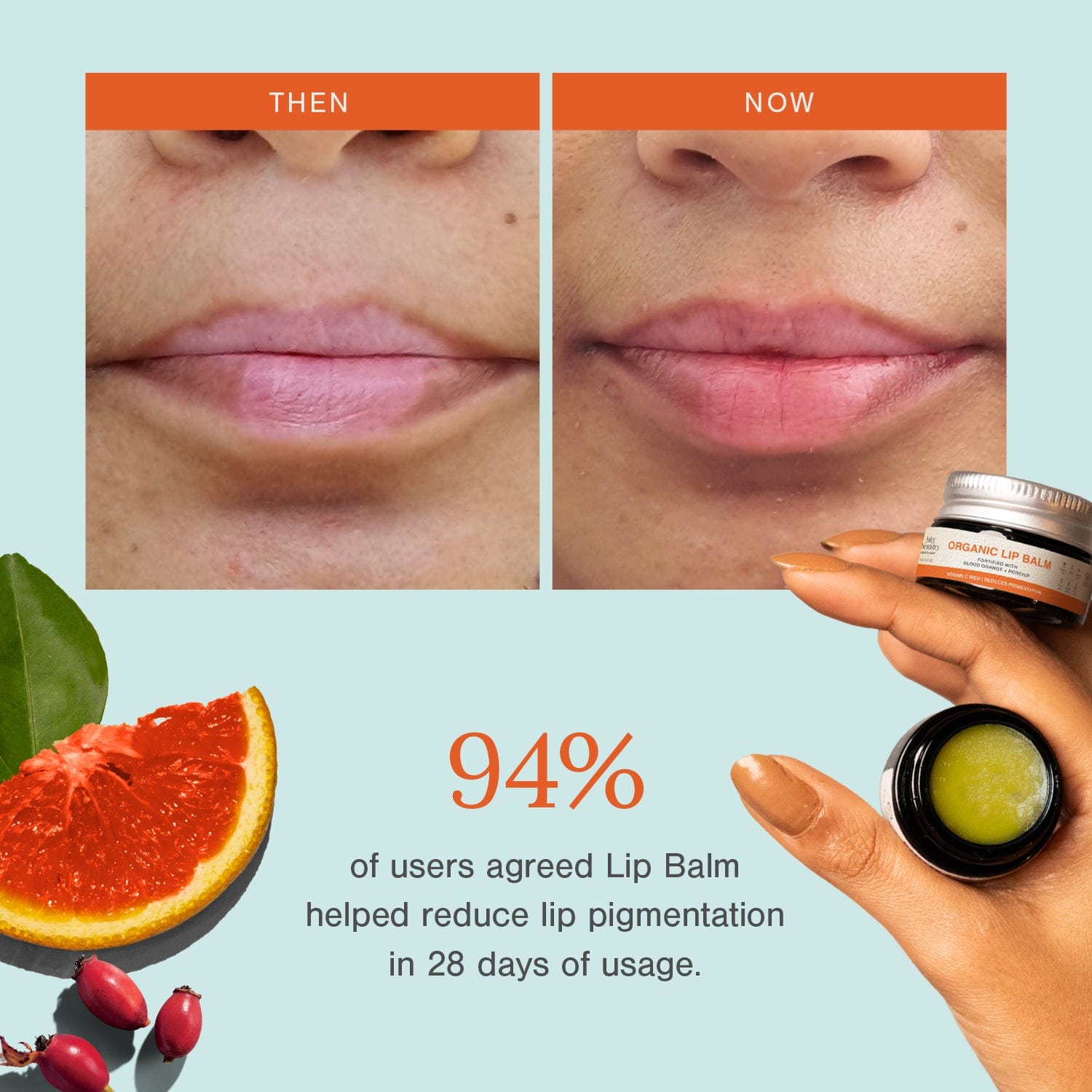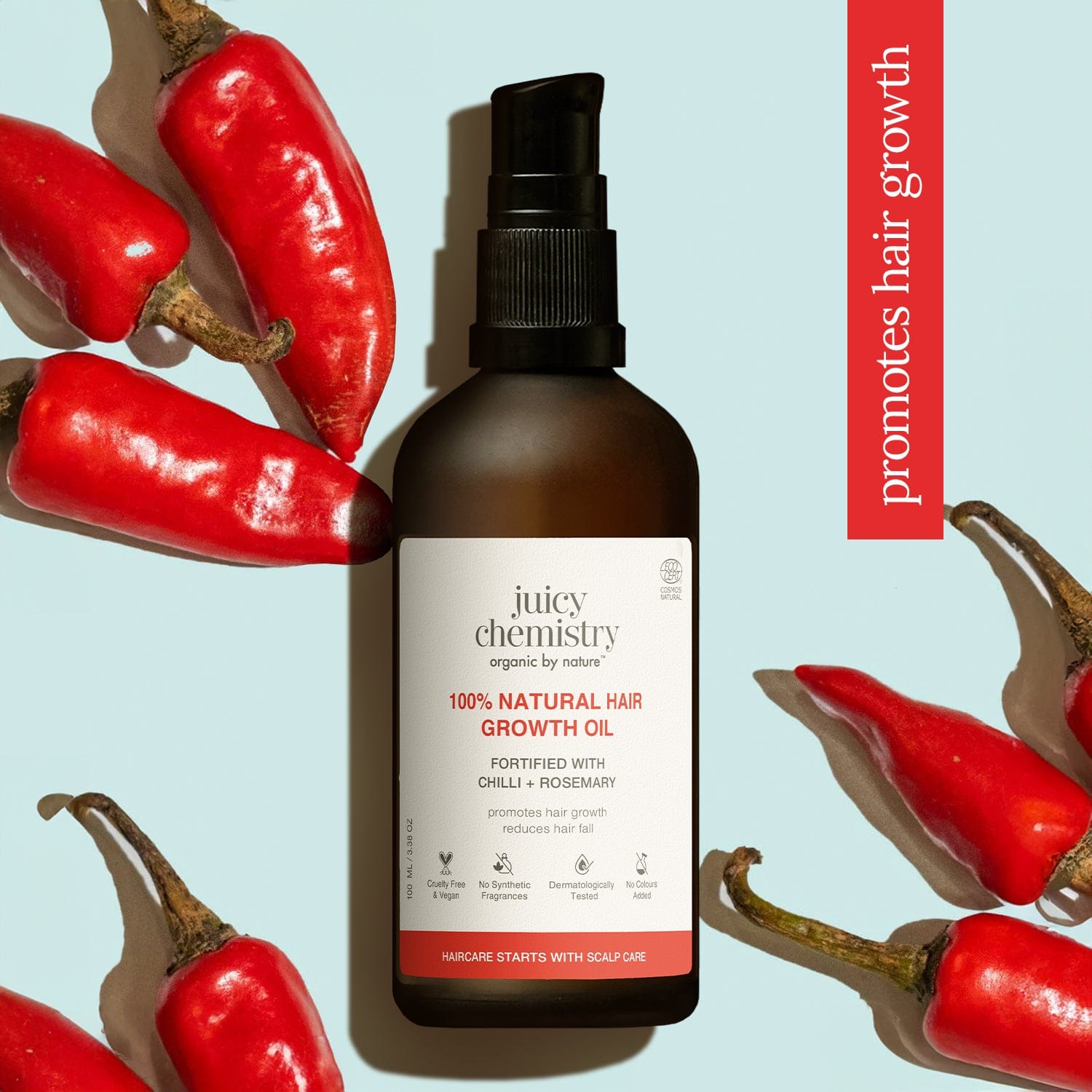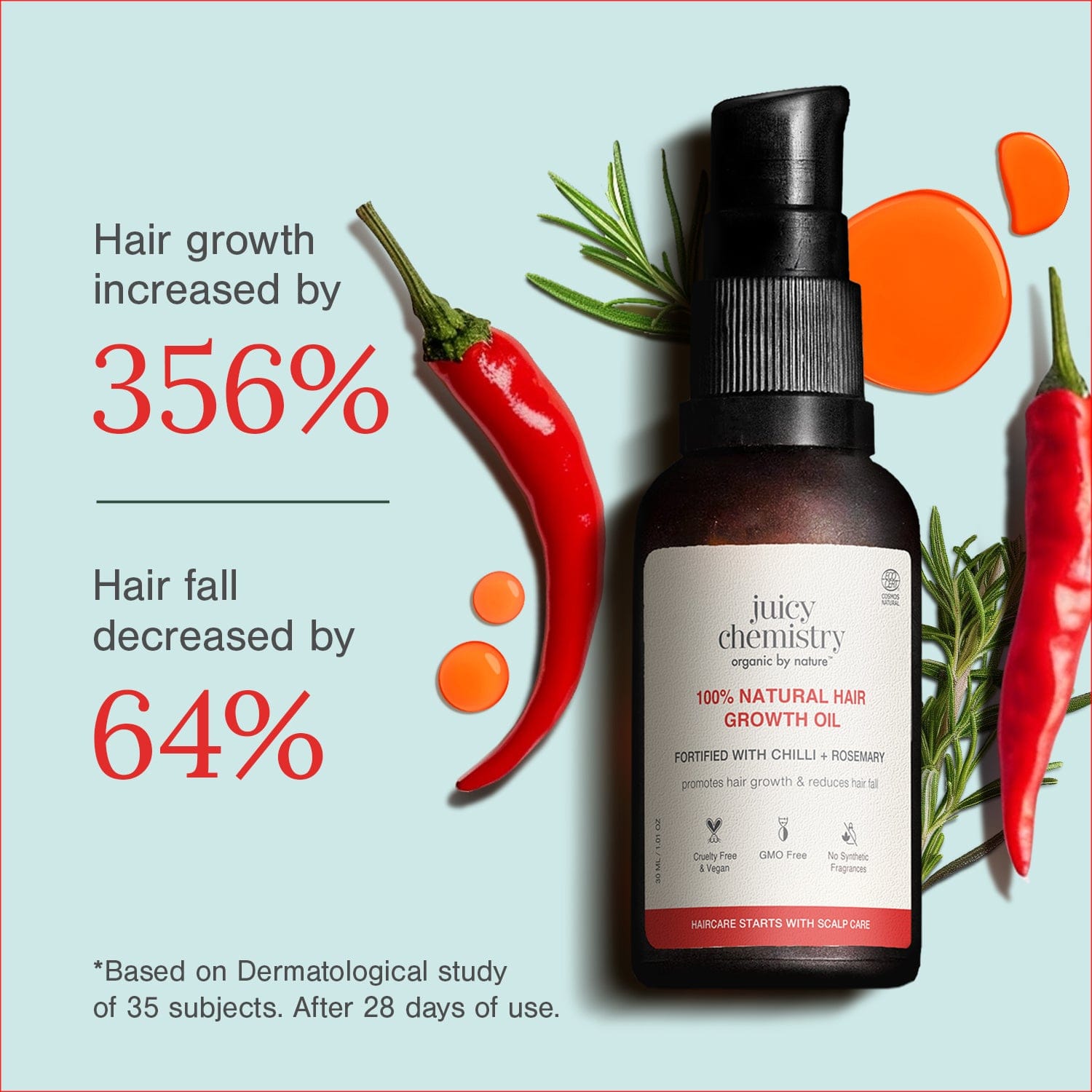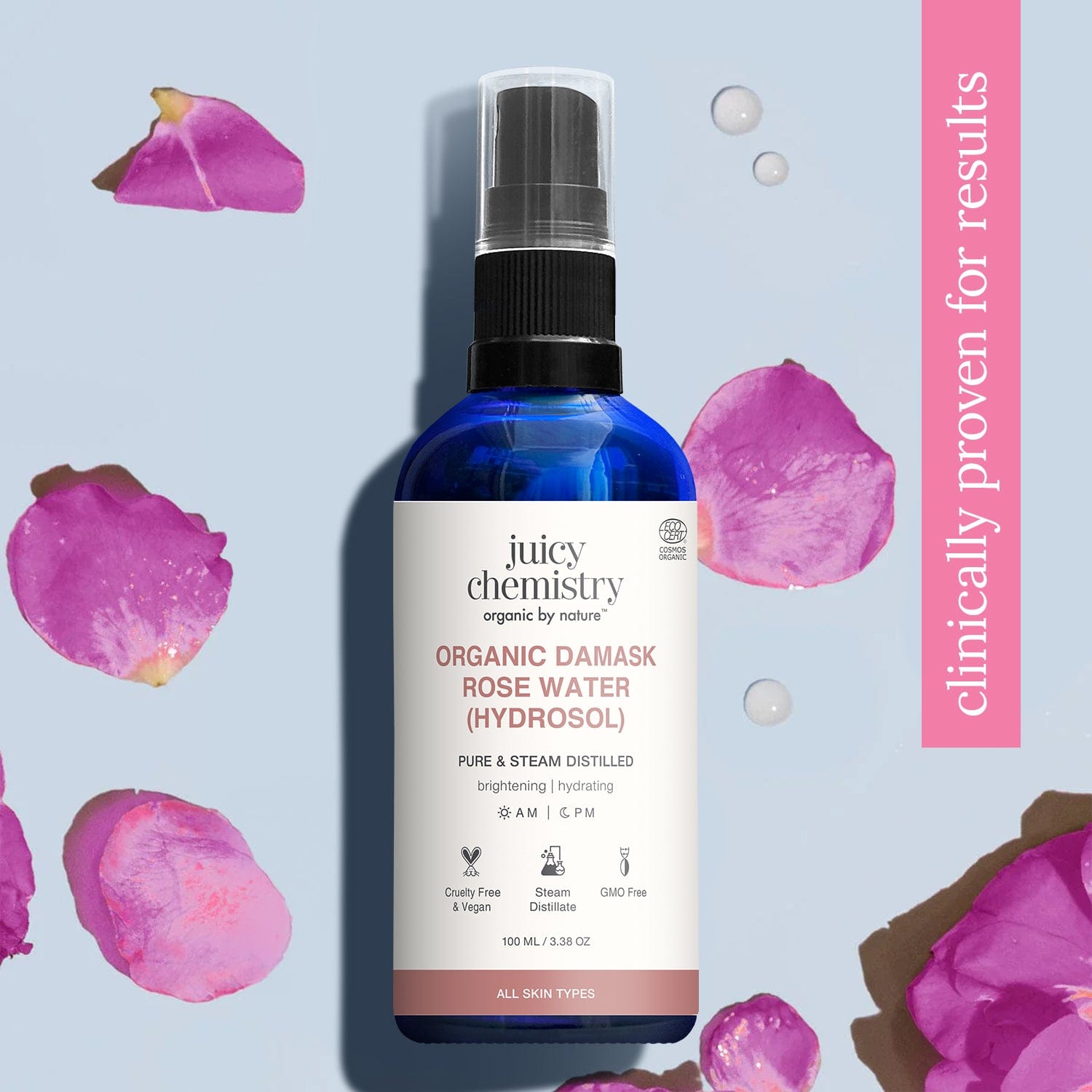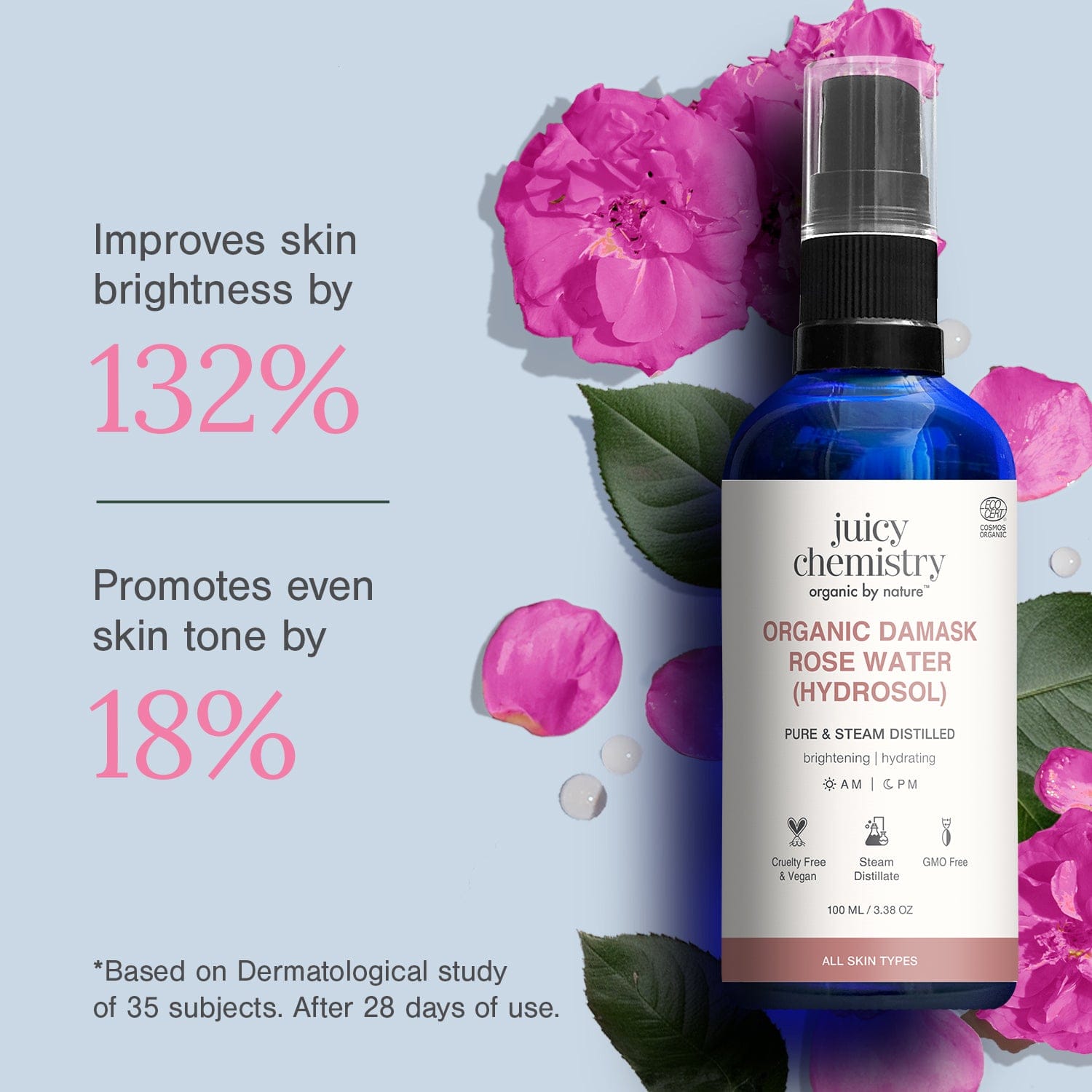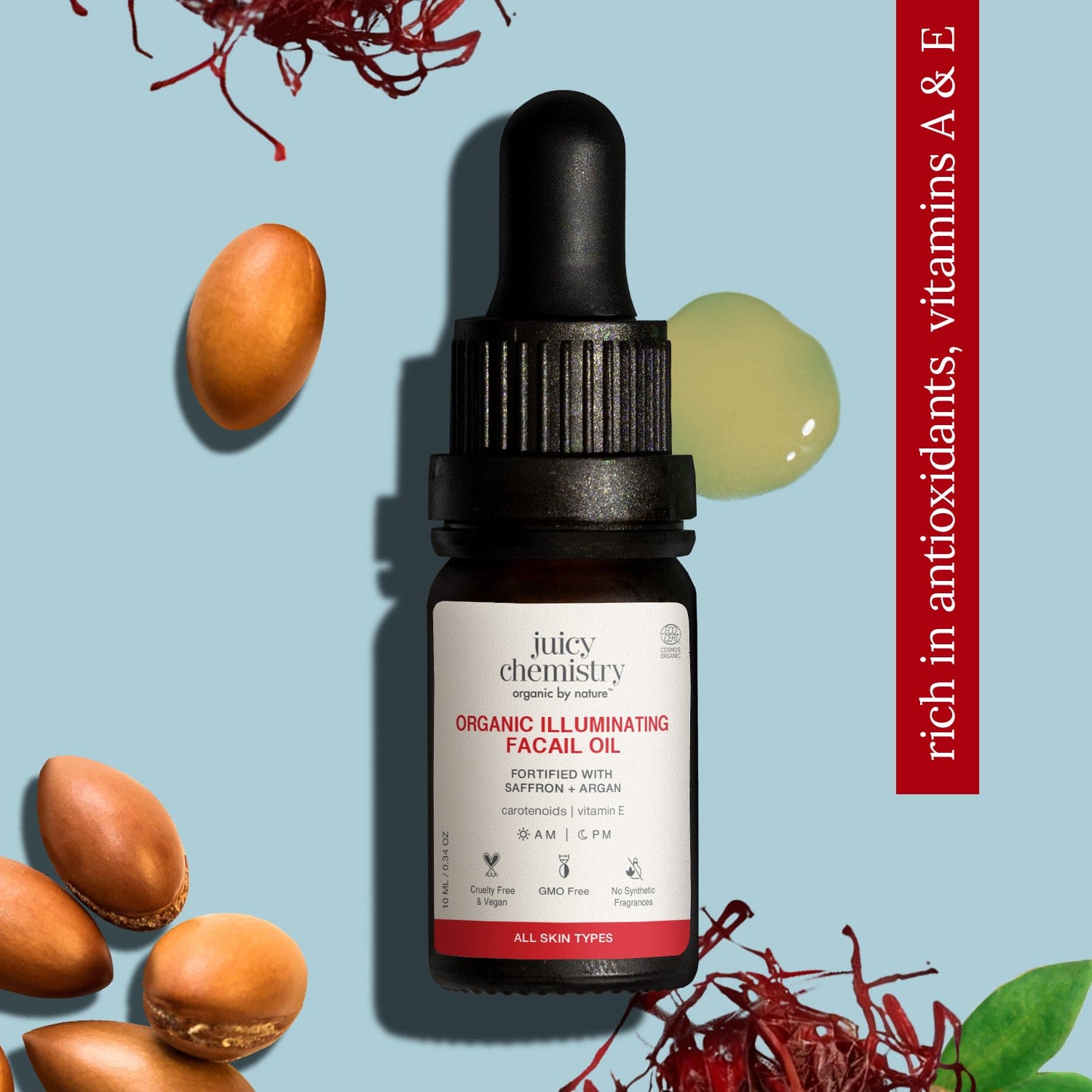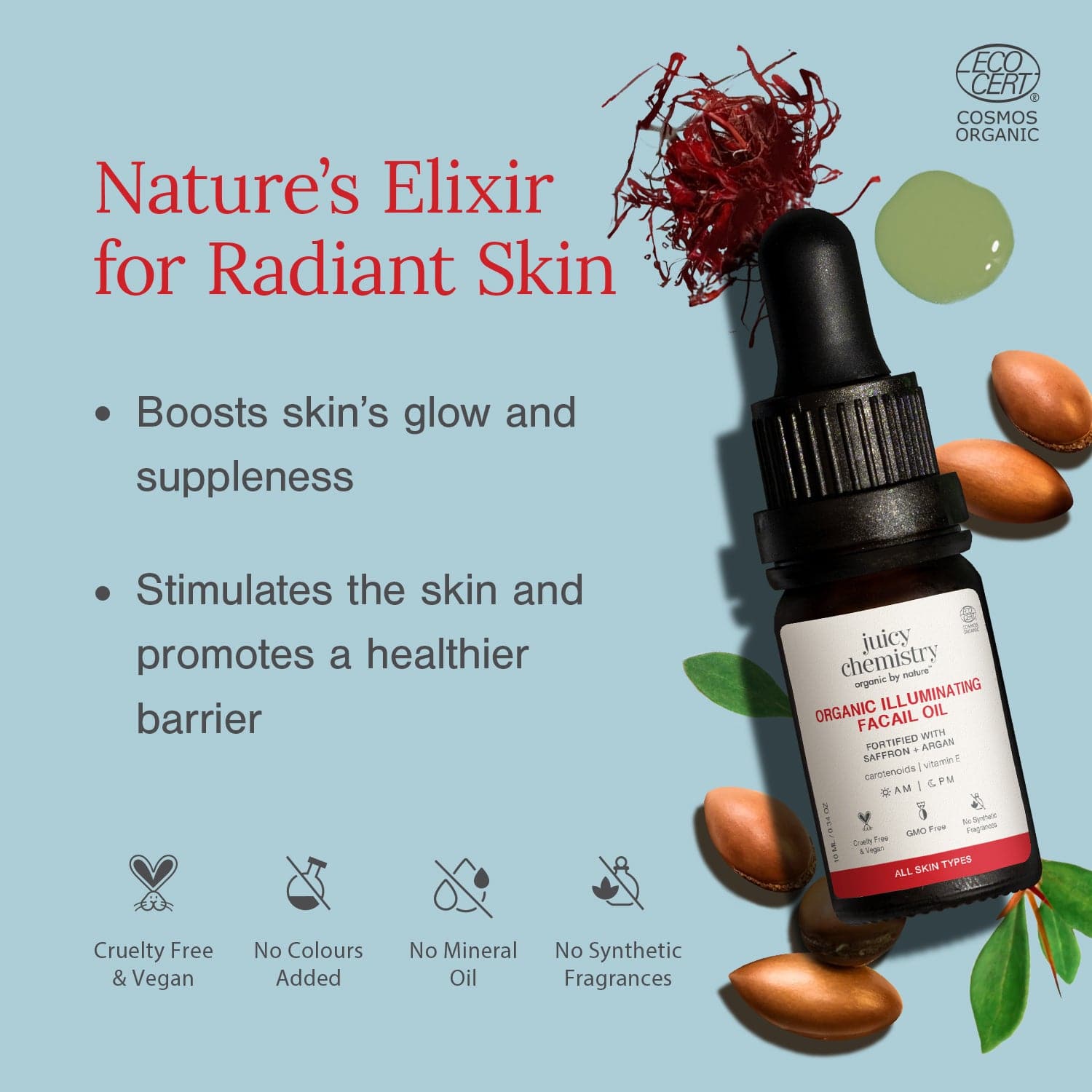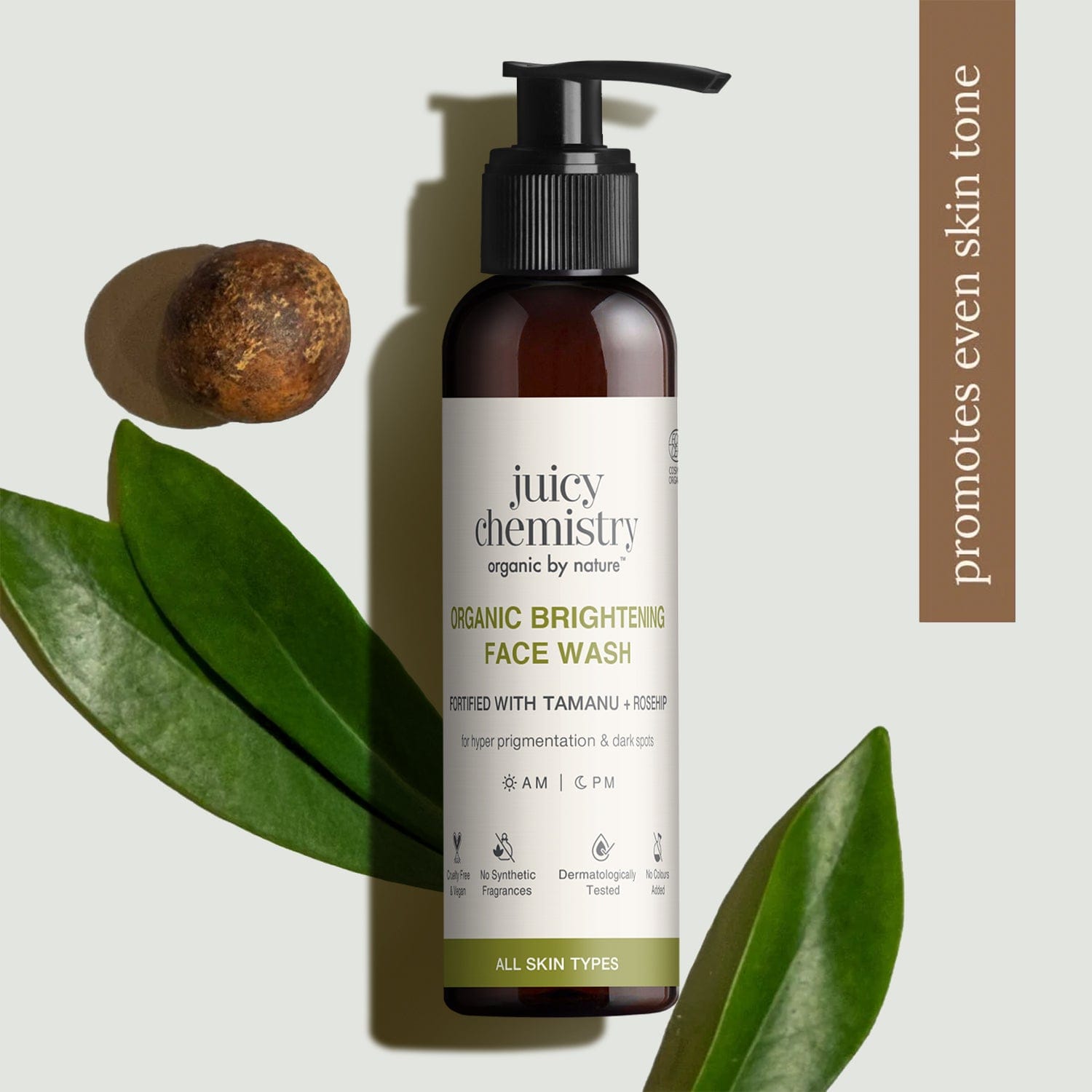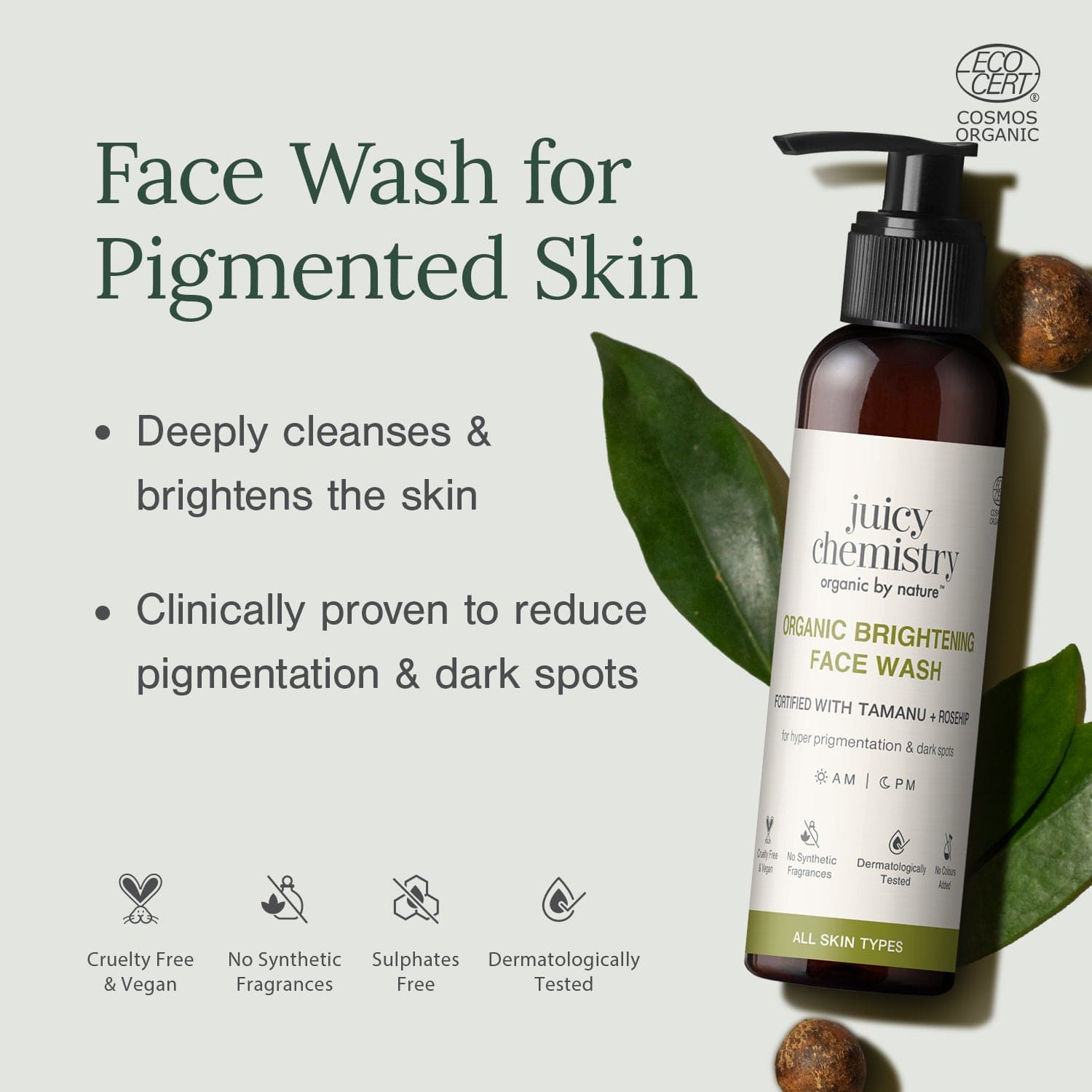Hyperpigmentation Causes, Prevention And Remedies
July 13, 2021Dark patches, facial pigmentation, uneven lip color, and dark skin around the mouth are all manifestations of hyperpigmentation. This condition is among the most prevalent issues encountered by numerous individuals.
What Is Hyperpigmentation?
Hyperpigmentation refers to an increase in skin pigmentation that leads to an uneven skin tone. To grasp the concept of hyperpigmentation, it is essential to understand that pigmentation pertains to the melanin levels present in the skin.
Melanin is a natural pigment that gives color to our skin, hair, and eyes. The quantity of melanin produced by an individual's skin, as well as the distribution of melanocytes (the cells responsible for melanin production), is determined by genetic factors.
When the cells that produce melanin are disrupted, they may generate an excess of this pigment. Hyperpigmentation can occur on any part of the body and is not restricted to the facial area. We will explore the various causes of hyperpigmentation and the measures we can take to diminish dark spots or patches once they appear.
A variety of factors can disrupt melanin production, triggering hyperpigmentation. Let’s examine these factors one by one.
Causes of Hyperpigmentation
-
Sun Exposure
Exposure to sunlight is one of the primary and significant contributors to hyperpigmentation on the face, manifesting as Melasma and Post-Inflammatory Hyperpigmentation (PIH). Melanin serves as the skin's main defense mechanism against harmful UV rays. Intense sunlight can stimulate the overproduction of melanin. Continuous and excessive sun exposure can disrupt this process, leading to hyperpigmentation. Additionally, sun exposure can worsen pre-existing pigmentation issues. -
Nutritional Deficiencies
Certain nutritional deficiencies, such as a lack of vitamin B12 and/or iron, can lead to hyperpigmentation. -
Hormones
Hormonal fluctuations can affect a specific type of hyperpigmentation known as melasma or chloasma. Melasma is characterized by the development of large patches of hyperpigmentation. Additionally, hyperpigmentation may be a side effect of certain hormone therapies. -
Skin Inflammation
Hyperpigmentation that arises from skin inflammation is referred to as post-inflammatory hyperpigmentation. Conditions such as acne, psoriasis, or skin injuries like cuts and burns can cause the skin to darken and become discolored after the wound or condition has healed. This type of hyperpigmentation typically fades over time, although it may not completely disappear. -
Age
Aging is another factor that contributes to hyperpigmentation on both the face and body. The number of melanocytes tends to decrease with age, and many individuals notice an increase in dark spots as they grow older. -
Medication
Acanthosis nigricans (AN) is a medical condition characterized by dark, velvety patches on the skin, often associated with insulin resistance. Consequently, hyperpigmentation in areas such as the neck, underarms, or other skin folds may indicate hyperpigmentation linked to insulin resistance.
Now that we have identified the causes of hyperpigmentation on the face and body, let’s explore how we can reduce or prevent it. As mentioned earlier, factors like hormonal changes or aging often fall outside the realm of topical skincare solutions. While hyperpigmentation can be diminished to some extent, it may not be completely eliminated in such cases. We can adopt various methods to address hyperpigmentation or at least prevent it from worsening. It is crucial to remember that patience and caution are vital when dealing with hyperpigmentation. In some instances, it is believed that hyperpigmentation cannot be permanently cured. However, utilizing high-quality and effective skincare products, along with practicing sun safety measures, can significantly aid in achieving a more even skin tone.
Methods to Avoid Hyperpigmentation
-
Utilize Sun Protection
Exposure to sunlight is a significant contributor to hyperpigmentation on both the face and body. It can also intensify any pre-existing post-inflammatory hyperpigmentation (PIH) and melasma. Therefore, employing sun protection is the most effective strategy to prevent hyperpigmentation. This practice should extend beyond just the summer months and be maintained throughout the entire year. Apply a broad-spectrum sunscreen with a minimum of SPF30 that shields against both UVA and UVB rays. Sunscreens can help avert the development of dark spots caused by photodamage. Additionally, you can protect your skin outdoors by wearing sunglasses, long-sleeved garments, or using an umbrella to minimize hyperpigmentation. -
Consume a Nutritious Diet
A nutritious and well-rounded diet can aid in replenishing the body, thereby mitigating free radical damage. Incorporate more fruits and vegetables into your meals, as they are rich in antioxidants that help neutralize free radicals. -
Adhere to a Consistent CTM Routine
Consistently practicing a CTM (Cleanse, Tone, Moisturize) routine is essential for revitalizing and safeguarding the skin. Twice daily, cleanse your skin with a gentle cleanser, followed by toner and moisturizer to ensure your skin remains hydrated.
-
Avoid Picking at Your Acne
If your skin is prone to acne, refrain from picking at it. This action heightens the risk of post-inflammatory pigmentation. Allow the acne to heal naturally or with the help of anti-acne products in your skincare regimen. These products can assist in minimizing inflammation, which in turn lowers the likelihood of post-inflammatory pigmentation. -
Exfoliate Regularly
Consistent exfoliation of your skin aids in uncovering fresh, new skin cells while eliminating darker, dead skin cells. Utilizing organic scrubs for exfoliation not only brightens and softens your skin but also promotes a more uniform skin tone. -
Incorporate Products for Hyperpigmentation
Add skincare items specifically designed to combat hyperpigmentation and that have undergone dermatological testing. Ingredients such as Rosehip oil and Kakadu plum, which are abundant in antioxidants like vitamin C, can help diminish pigmentation by inhibiting melanin production and alleviating inflammation.
Products from Juicy Chemistry That Can Assist with Hyperpigmentation
Juicy Chemistry Kakadu Plum & Pomegranate Organic Facial Oil
This lightweight facial oil is both nourishing and packed with essential nutrients and antioxidants. It aids in enhancing the skin's tone and texture while safeguarding it against free radicals. This oil is appropriate for all skin types, although a patch test is advisable for those with acne-prone skin.
Juicy Chemistry Helichrysum & Rosehip Organic Facial Oil
This quickly absorbing oil is nourishing and contributes to improved skin health and tone. It is abundant in plant oils that are rich in antioxidants, including Rosehip and Carrot Seed Oil. This facial oil is suitable for all skin types, with the exception of those prone to acne.
Juicy Chemistry Kakadu Plum, Matcha & Blood Orange Organic Face Mask
This face mask is loaded with essential vitamins and antioxidants. Kakadu Plum stands out as one of the richest sources of vitamin C. Matcha and Hibiscus extracts are also high in antioxidants. The essential oils of Blood Orange and Grapefruit work to mitigate the effects of sun exposure and free radical damage.
Juicy Chemistry Cold Pressed Rosehip Seed Organic Carrier Oil
Rosehip oil is abundant in Vitamin C and serves as a powerful antioxidant. It aids in diminishing the visibility of scars, hyper-pigmentation, and skin damage. This oil is appropriate for all skin types, including those that are sensitive or prone to acne.
Juicy Chemistry Bulgarian Rose Water Organic Toning Mist
This toner is hydrating, nourishing, and brightening for the skin. The distillate from Damask Rose also assists in balancing the skin and restoring its pH levels. It is suitable for every skin type.
Vitamin C Brightening Serum:
This is a highly effective serum containing cellular extracts from Kakadu Plum, which is known to be the richest natural source of Vitamin C. The hydrating serum is packed with natural antioxidants that contribute to brightening and evening out your skin tone.
Frequently Asked Questions
-
How long does it take for hyperpigmentation to diminish?
-
While the visibility of hyperpigmentation can be lessened, it often cannot be completely eliminated. Some forms of hyperpigmentation may be permanent, whether treated professionally or not. It may take anywhere from 6 to 24 months to notice significant changes in hyperpigmentation.
-
Does vitamin C assist with hyperpigmentation?
-
Absolutely, vitamin C possesses exfoliating qualities that aid in the removal of dead skin cells. Additionally, it is rich in antioxidants, which help mitigate free radical damage. It is essential to consistently use products that have been dermatologically tested and formulated with vitamin C.
-
Can lemon eliminate dark spots?
-
We advise against applying lemon to your face, as it can cause irritation and disrupt the skin's pH balance.
-
What are the primary causes of pigmentation?
-
The primary causes of pigmentation can stem from a combination of factors, including hormones, aging, skin inflammation, and exposure to sunlight.
Please keep in mind that attempting any DIY remedies or professional tools at home is not advisable. Exercise patience when dealing with hyperpigmentation.
References
https://www.longdom.org/peer-reviewed-journals/research-articles-on-pigmentation-disorders-7070.html https://medlineplus.gov/skinpigmentationdisorders.html https://www.ncbi.nlm.nih.gov/pmc/articles/PMC4142815/ https://www.ncbi.nlm.nih.gov/pmc/articles/PMC5843359/ https://onlinelibrary.wiley.com/doi/full/10.1111/bjd.12536

